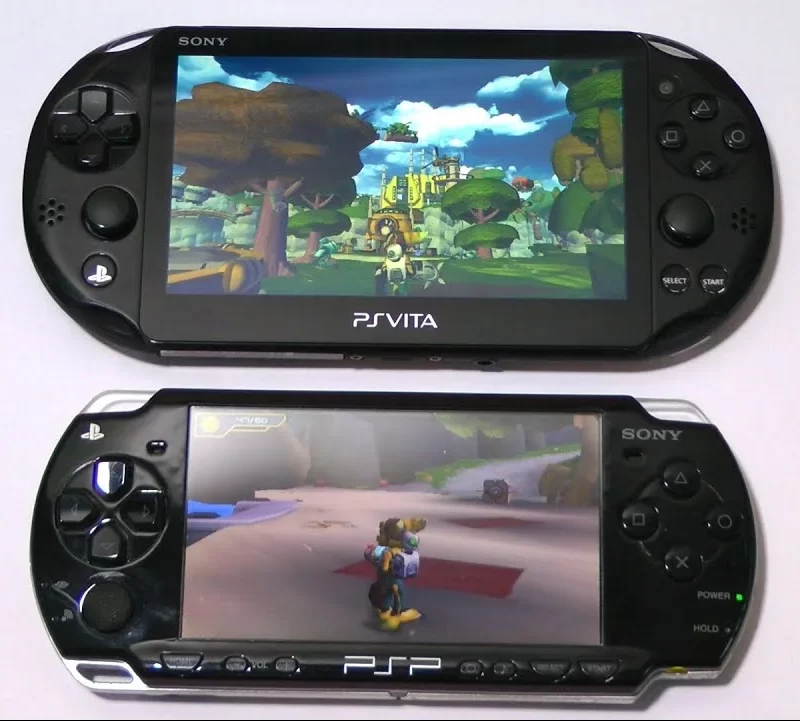
It’s exciting to imagine the possibilities for PlayStation’s next handheld console. Sony’s PlayStation Portable and PlayStation Vita are often looked back on fondly, but at the time, they failed to take over the handheld market against the competition from Nintendo. However, the gaming landscape has evolved, and the time could be right for PlayStation to launch a new handheld device that could be a huge success. Here’s why.
Smaller Games Are More Popular Than Ever

The gaming market is seeing a significant rise in the popularity of indie, A, and AA titles. Games such as Undertale, Hades, and Stray are just a few examples of smaller games that have achieved huge success. These games are perfect for handheld platforms, as there is no need for large TVs and surround sound systems to deliver that extra special experience.
With AAA titles taking longer than ever to develop due to rising development costs and the pressure to provide games with over 100 hours of content, now is the perfect time for a new PlayStation handheld console. A new console could offer players access to a wide variety of indie and mid-tier games while they wait for Grand Theft Auto VI and other AAA titles.
PS3 and PS4 Games Are Still Very Popular

Another key advantage for a PlayStation handheld is the enduring popularity of PS3 and PS4 games. Over the past decade, gamers have spent hundreds of hours on AAA titles such as Red Dead Redemption 2 and multiplayer games like Fortnite, leading to plenty of other games passing them by.
Similar to indie, A, and AA titles, having a handheld console that could run PS3 and PS4 games smoothly would be more than sufficient. Players would simply enjoy discovering games that they missed or rediscovering some of their favourite games over the years.
PlayStation Plus Adds Incredible Value
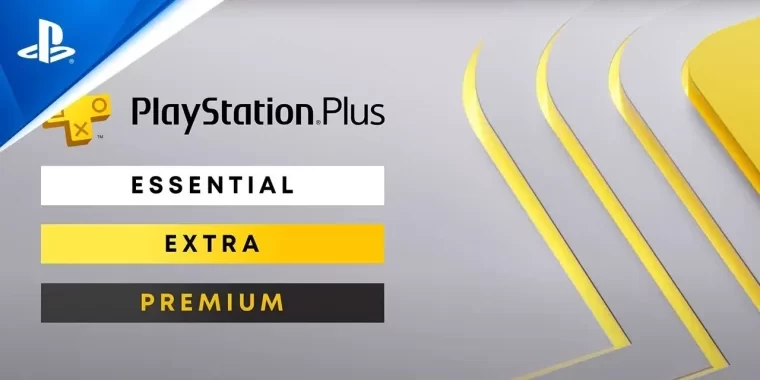
The biggest advantage for the next PlayStation handheld is PlayStation Plus. Back during the PS Vita era, the online store lacked a subscription service that offered players free games and discounts, which made the device less appealing. Players also relied on physical game releases, which didn’t happen as frequently as with PS3/PS4 games, leading to less value for money in owning one.
Now, with PlayStation Plus offering Basic, Extra, and Premium tiers, players have access to a plethora of games, ranging from 90s PS1 classics to PS5 releases from the past year. This offers incredible value for money, provided the handheld console can play them.
Lower Hardware Costs with Simpler Design

One lesson learned from the PS Vita’s hardware was that adding extra features like touchscreens and sensor pads can increase costs without necessarily increasing appeal. During the PlayStation 3 era, when technology was taking a big step forward, more games focused on motion controls and gimmicks due to the success of the Nintendo Wii. However, over the years—outside of VR—games have moved away from motion sensors and gimmicky controls, meaning Sony could opt for a simpler, more cost-effective design for its new handheld.
By removing features such as touchscreens or motion sensors, production costs could be dramatically reduced, leading to a more affordable handheld. A more focused design that prioritises simple features such as a standard button layout, good performance, battery life, and portability would offer a more traditional gaming experience, which is all that would be needed for a successful handheld console.
A Digital-Only System for Convenience and Affordability
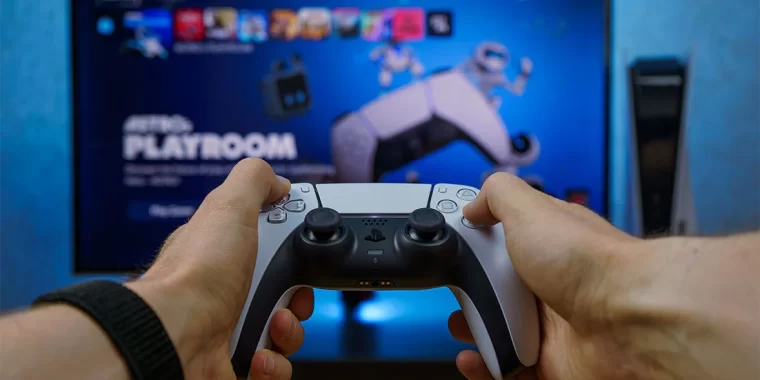
In today’s digital age, many gamers are shifting towards digital-only gaming, with Sony even making the PS5 Pro digital-only with an optional disc drive extension. While many players, including myself, may still have a soft spot for physical media, an argument can be made that the convenience of having an entire library of games accessible at all times is a major advantage for handheld systems.
A digital-only handheld would also further lower the costs by removing the need for a physical disc drive or cartridge slot. Additionally, it could make the console more lightweight and portable. PlayStation Plus is packed with games spanning multiple generations, and a digital-only handheld could tap into that immense library, offering players hundreds of games to enjoy instantly, without the need for new physical releases on launch day.
PlayStation is Now in a Stronger Position
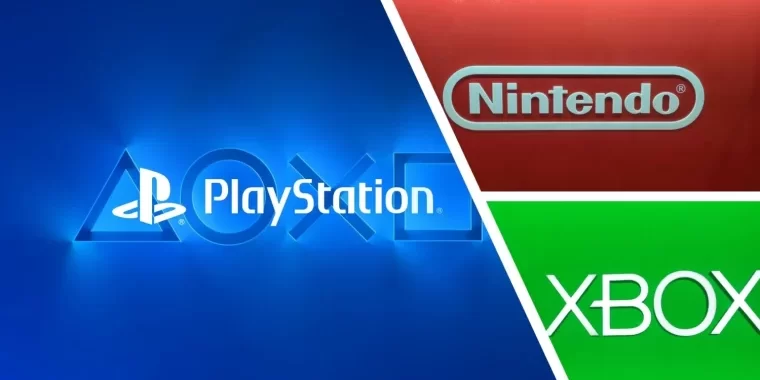
One of the most compelling reasons for the potential success of a new PlayStation handheld is Sony’s current position in the console market. The PSP and PS Vita were released after the competition from the Nintendo DS and 3DS, making it harder to compete. The PS3 also had a rocky start due to its hefty price tag, damaging Sony’s reputation and further helping Nintendo and Xbox outsell the PlayStation for many years, putting Sony in the rearview at the time.
In recent years, however, the PlayStation 4 restored Sony’s reputation, and both the PlayStation 4 and 5 have consistently sold well. Exclusive titles such as Bloodborne, God of War, and Astro Bot have helped make PlayStation a must-own console.
Sony’s strong brand loyalty and the massive base of PlayStation users could give them a significant advantage when launching a new handheld, as gamers already invested in PlayStation would likely give a new PlayStation handheld a try.
Final Thoughts
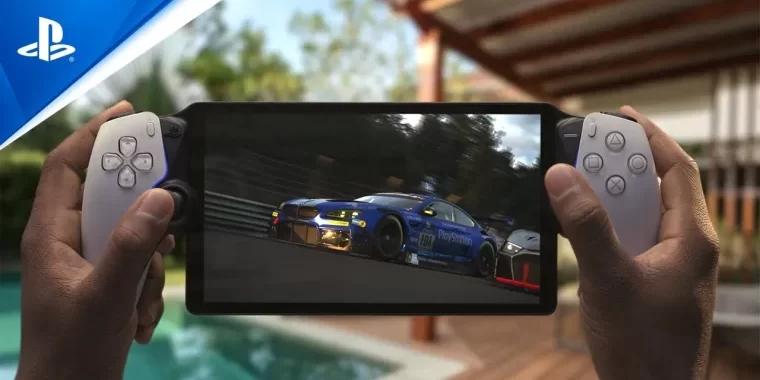
PlayStation’s next handheld console could thrive by embracing the evolving trends of the gaming industry. By focusing on indie, A, and AA titles, as well as offering PS1-PS4 titles while we wait for AAA titles, and by providing cost-effective yet powerful hardware that prioritises traditional gaming experiences and leveraging PlayStation Plus’ features, Sony has the potential to create a handheld console that stands out in today’s gaming market while comfortably outselling its previous two attempts with the PSP and PS Vita. Sorry, PlayStation Portal, you don’t count.

